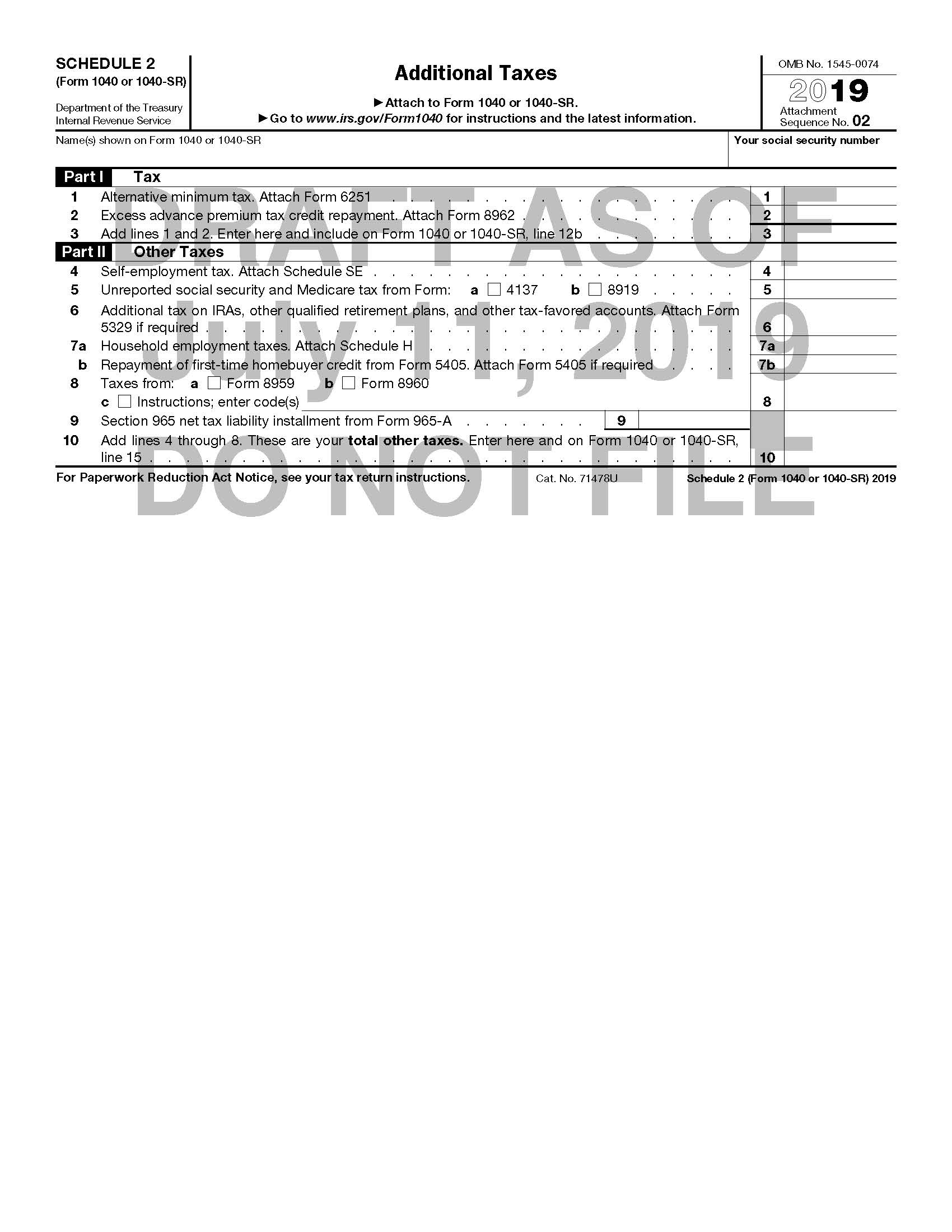Farewell 1040 Postcard, We Hardly Knew Ye
“Friends, Romans, countrymen, lend me your ears; I come to bury Caesar, not to praise him.” (William Shakespeare, Julius Caesar, spoken by Mark Anthony)
The IRS has now moved to update yet again the Form 1040, adding the Form 1040-SR that was mandated in the Bipartisan Budget Act of 2018 and updating the regular Form 1040, at least partially abandoning the much maligned postcard 1040 that was introduced for 2018 tax returns.
The 1040-SR was mandated for tax years beginning after February 3, 2018 by Section 41106 of the Bipartisan Budget Act of 2018. The law directed the IRS to develop a form that:
Could only be used by individuals who have attained age 65 by the end of the year and
Must be able to be used to file returns even if the taxpayer’s income for the year includes:
Social security benefits;
Distributions from qualified retirement plans, annuities or similar deferred payment arrangements
Interest and dividends; and
Capital gains and losses
n The form is to be available regardless of the amount of any items of taxable income or the total amount of taxable income for the year.
The draft form for 2019 consists of the following two pages.
Note that the form has more lines that the 2018 postcard Form 1040. While nothing on the form would make it unusable by those under age 65, since the law required the IRS to limit its use to individuals who attained age 65 by year end presumably those who have not attained that age will not be allowed to file with this form.
The fact that Form 1040-SR was longer than the postcard seemed a bit quirky at first, since the reasonable assumption when the law passed was that the IRS wanted a simpler form for seniors—but selling this form as simpler might be tough after the agency last year released what was touted as the simple postcard—simple because it only used two half pages.
The mystery was cleared up a few days later when the IRS released the draft of the regular Form 1040 and the postcard 1040 proved to be mostly a one year phenomena.
The draft Form 1040 has a number of changes compared to the 2018 postcard Form 1040, including:
The form has numbers on the front page, ending with taxable income on that page;
There are separate lines for IRA and pensions and annuities, eliminating the somewhat confusing combined total distribution box from 2018 to return to two boxes;
No longer do totals that never appear on the Form 1040 enter into the calculations; and
Only three schedules now exist to attach to the Form 1040, down from the six used in 2018.
The 2019 draft Form 1040 is shown below:
Not all of the old Form 1040 lines have returned but the form has significantly more information than 2018’s postcard Form 1040.
Draft Schedule 1, Additional Income and Adjustments to Income has the following information:
Draft Schedule 2, Additional Taxes, contains the following information:
Draft Schedule 3, Additional Credits and Payments, contains the following information:
2018 Schedule 4, Other Taxes, is now essentially found on 2019 Schedule 2. The old Schedule 2 tax computation moved to page 2 of Form 1040. 2018 Schedule 5, Other Payments and Refundable Credits, now mainly exists on Schedule 3. 2018 Schedule 3, Nonrefundable Credits, is now found on page 2 of Form 1040.
Schedule 6, Foreign Address and Third Party Designee, was moved onto page 1 of Form 1040 (for the address) and page 2 (for the third party designee).







